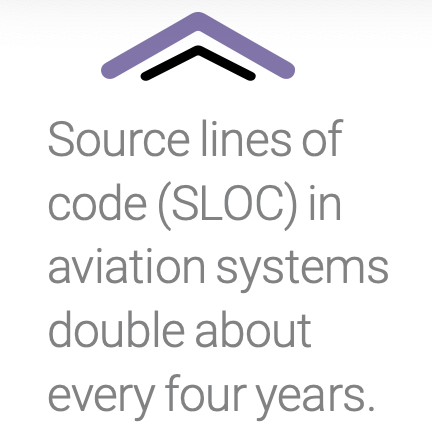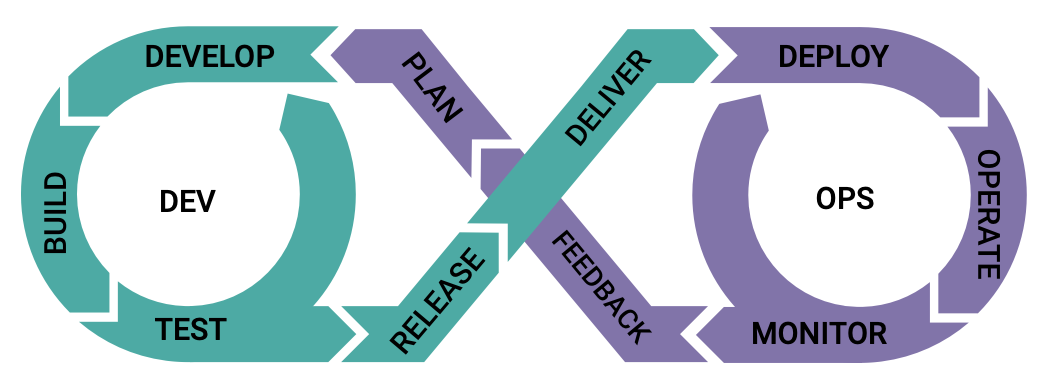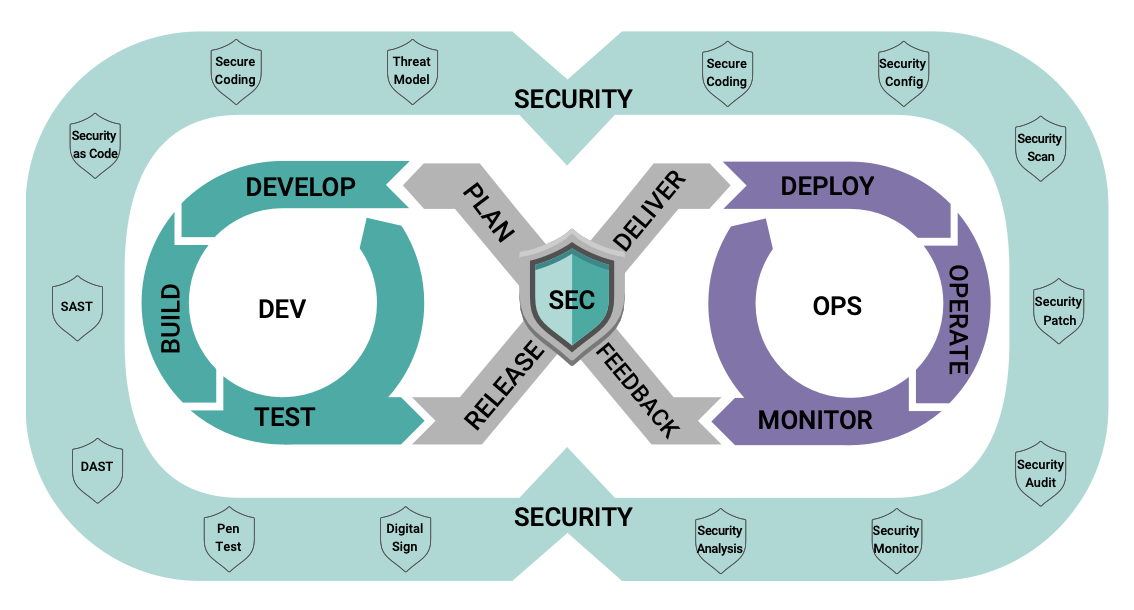Intelligent Edge Technologies for Aviation
Strategies to Capitalize on Increasingly Software-Intensive Flight Systems
A Strategic Model for Modern Aviation Systems

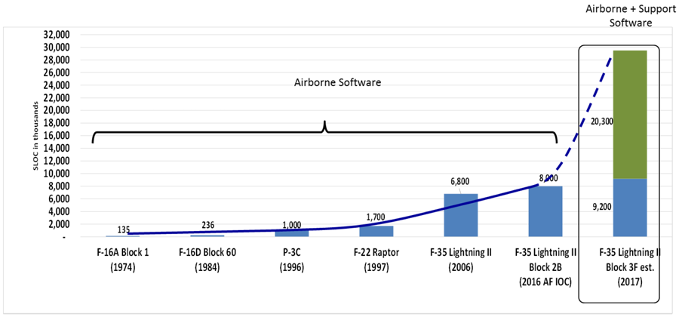
Subsystems such as avionics have traditionally been software intensive, but mechanical subsystems also benefit from the incorporation of code. In addition to control software, mechanisms ranging from turbines to hydraulics incorporate sensors that continuously monitor health and other status. In fact, the steady flow of data from landing gear and other complex systems and subsystems can increase the dependability of physical equipment, potentially enabling lighter-weight designs and therefore fuel savings.
The intelligent edge, where onboard systems process data gathered in flight, is a critical strategic model for software-intensive aviation systems. Transmitting the massive amounts of data created in the software-rich environment back to a base station for processing is not always practical. Beyond the bandwidth considerations involved, transmission latency would interfere with real-time and near-real-time processes that respond to in-flight data.
Challenges in Bringing Software-Intensive Aviation Systems to Market

AGILITY
The efficiency of software development depends on the capacity for rapid change to provide new functionality and accommodate new requirements. Deploying technology advances in the form of software allows them to be inserted more quickly than equivalent hardware upgrades. At the same time, highly complex aviation software systems can be challenging to maintain. The software itself and the surrounding ecosystem of development practices and tools must be architected for ongoing, continuous change with low overhead.
Intelligent Edge Technologies Enable Both Military and Civilian Aviation
On-board edge computing makes aircraft more capable, with benefits that are shared between civilian and military systems. For example, machine-to-machine in-flight communication enables distinct use cases such as the following:
- Military missions could increase their chances of success with boosted capabilities for weapons systems that are dynamically updated with the latest threat and target information, rather than depending on what was current when they took off.
- Commercial fleets can be operated more efficiently when more robust real-time information is available from the aircraft (for dynamically matching up crews, equipment, and routes, for example) to accommodate events such as weather delays and equipment failures.
Development Practices and Tools to Meet Today’s Needs
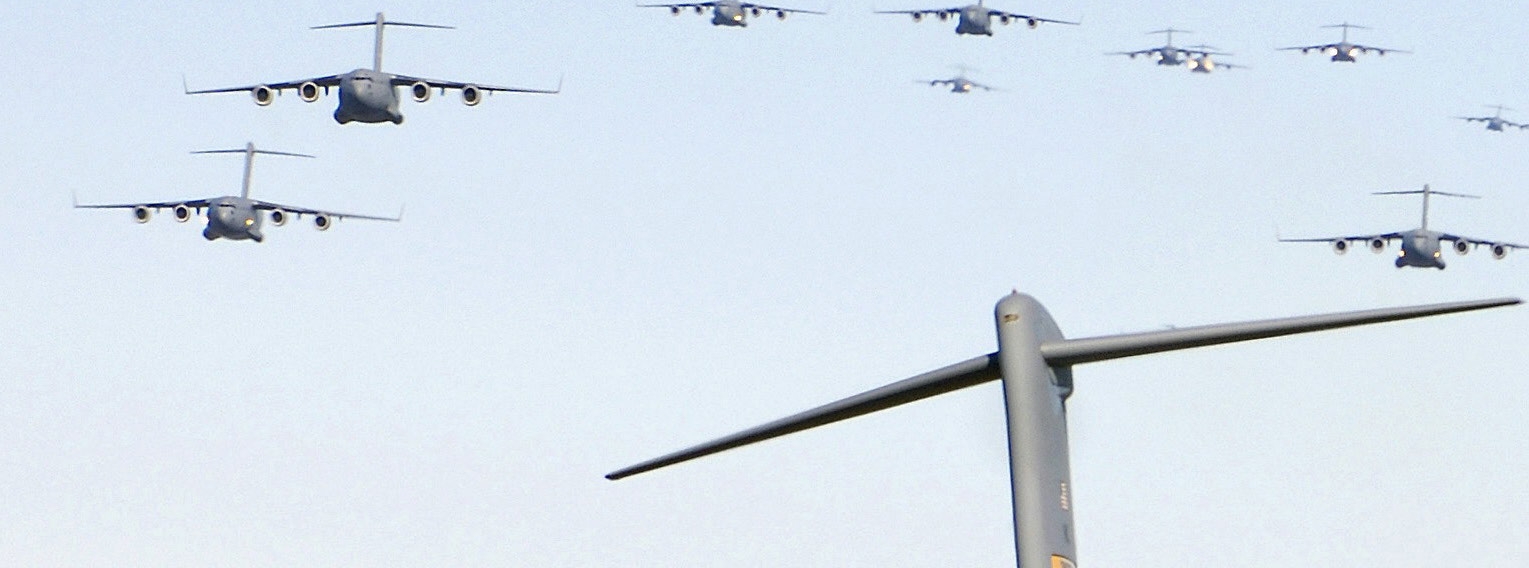
Realize Opportunity with Wind River and Intelligent Edge Technologies

WIND RIVER LINUX
For non–real-time workloads, including mission-critical ones, Wind River provides a POSIX-compliant operating system for the deployment of reliable, secure, high-performance software. Wind River Linux is well suited to use in a modern cloud-native development practice, with robust support for VMs and popular containers technologies, including Docker and Kubernetes. Wind River Linux has achieved conformance to the latest Future Airborne Capability Environment (FACE™) Technical Standard, Edition 3.0, for the Operating System Segment (OSS) that supports the General Purpose Profile (GPP). In addition, enhanced security and cyber system hardening capabilities are available for aerospace and defense use cases with Wind River Star Lab Titanium Security Suite.
WIND RIVER HELIX VIRTUALIZATION PLATFORM
As a real-time embedded Type 1 hypervisor based on VxWorks, Wind River Helix™ Virtualization Platform is an ideal substrate for running virtualized, mixed-criticality, mixed-OS workloads on shared hardware. The environment enables side-by-side operation of real-time and non– real-time workloads on a range of hardware architectures, including Intel® and Arm®-based processor platforms. Helix Platform also supports combinations of containers and VMs, including mixed, nested combinations of both for maximum flexibility. Additionally, Helix Platform has simultaneous support for airborne platforms such as ARINC 653 APEX API, POSIX, and FACE.
WIND RIVER SIMICS
During development, teams can rely on Wind River Simics® to accurately simulate the interaction of software with real-world hardware systems, without need for the actual equipment. During testing and certification, Simics automates test cases, reducing time, staff, and cost requirements. Development teams can also adopt new approaches such as digital twins and security penetration testing as they experiment, debug, and collaborate on solutions.
CONCLUSION
Even as intelligent edge technologies redefine current aviation systems, they also set the stage for emerging future use cases, from reimagined airspace monitoring and control to autonomous vertical lift urban air mobility vehicles.
In the future, the intelligent edge will be the site of dramatic innovations, moving passengers, cargo, and data to their destinations. Wind River builds tools with the security, reliability, and cost-efficiency needed to enable that spirit of fearless invention. For more about how Wind River powers the next generation of aviation, visit windriver.com/solutions/aerospace-and-defense.
References
- “Exponential Growth of System Complexity,” System Architecture Virtual Integration Program, Aerospace Vehicle Systems Institute, retrieved April 23, 2021
- “Design and Acquisition of Software for Defense Systems,” U.S. DoD Defense Science Board, February 2018
- Christine Stevens, “Avionics and the Intelligent Edge,” Wind River Blog Network, April 21, 2021
- “Design and Acquisition of Software for Defense Systems,” U.S. DoD Defense Science Board, February 2018
- “Report to Congress on Implementation of Defense Science Board Report Recommendations, ‘Design and Acquisition of Software for Defense Systems’ Section 868 of the National Defense Authorization Act for Fiscal Year 2019 (P.L. 115-232),” U.S. DoD Office of the Under Secretary of Defense for Acquisition and Sustainment, April 16, 2020
- “Global 5G in Aviation Market Size, Share & Industry Analysis, by Platform (5G Airport and 5G Aircraft), Technology (FWA, URLLC/MMTC, and eMBB), Communication Infrastructure (Small Cell, Radio Access Network (RAN) and Distributed Antenna Systems (DAS)), 5G Services (Airport Operations, and Aircraft Operations), and Regional Forecast, 2019–2026,” Fortune Business Insights, December 2019
- “Modernization Priorities,” U.S. DoD Office of the Under Secretary of Defense for Research and Engineering, retrieved April 23, 2021
- David Vergun, “Artificial Intelligence Key to Maintaining Military, Economic Advantages, Leaders Say,” DoD News, April 9, 2021
- ”Memorandum for the Acquisition Enterprise: Guidance for e-Program Designations,” U.S. Department of the Air Force, Office of the Assistant Secretary, May 3, 2021
